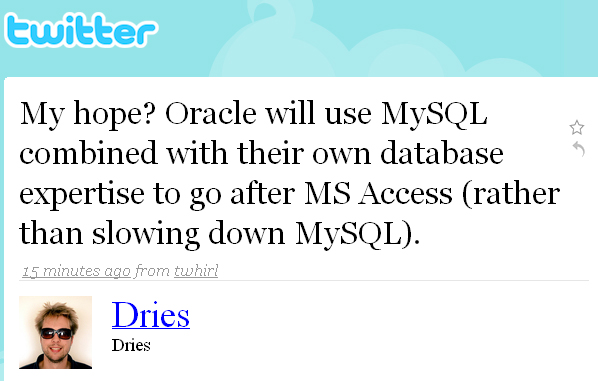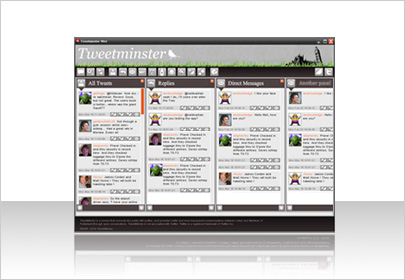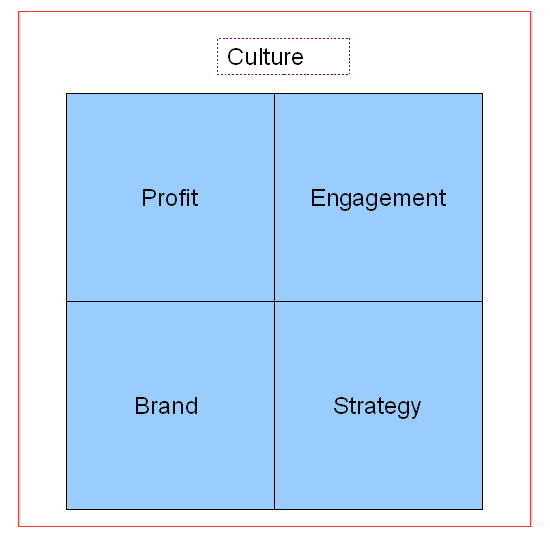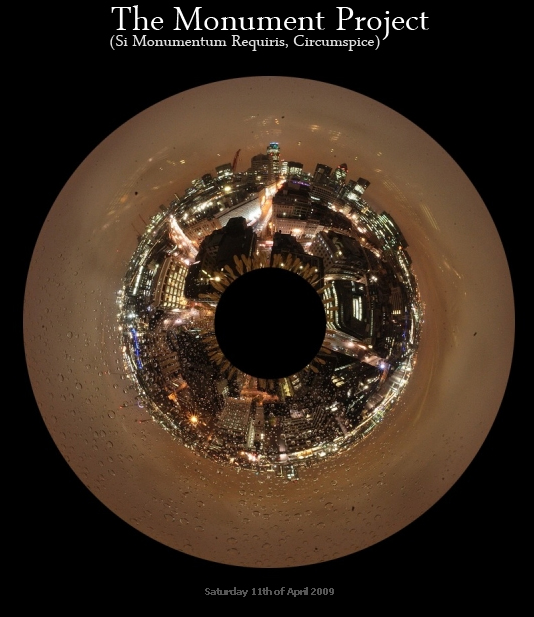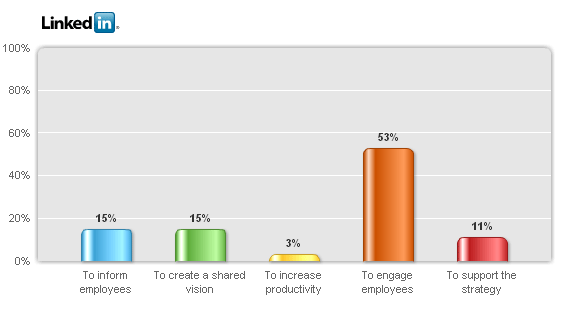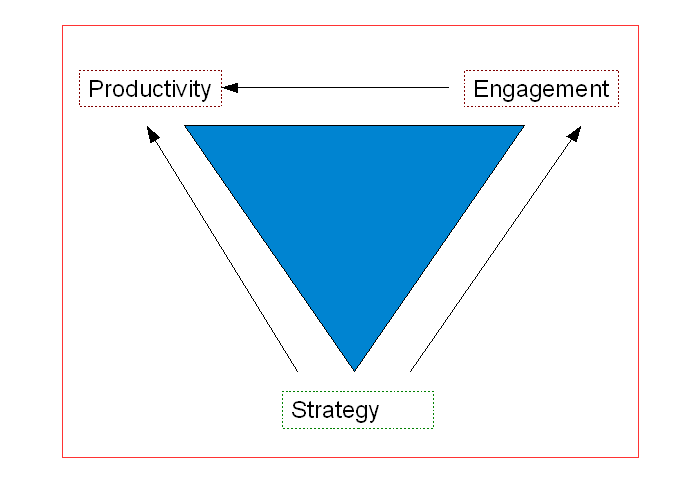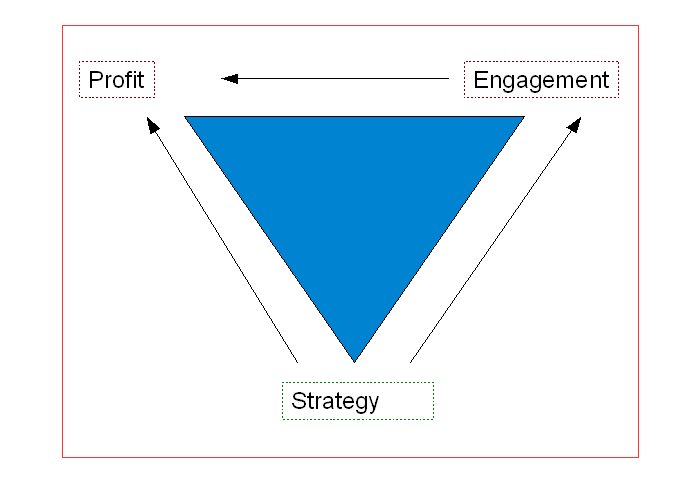Every now and again I like to wonder about social search and the semantic web. I have a secret question, which I shall share, my own personal Turing Test to see if the machine is paying attention. I ask it this – “What is Cultural Capital?” The results vary as the algorithms shift, sometimes the results are reasonably close to the actual meaning, other-times far off, way out.
In my most recent foray into this remarkably unscientific experiment, Google did OK, bringing in a Wikipedia result which, correctly as I understand it explains that the concept originated with Bourdieu:
For Bourdieu, capital acts as a social relation within a system of exchange, and the term is extended ‘to all the goods material and symbolic, without distinction, that present themselves as rare and worthy of being sought after in a particular social formation (cited in Harker, 1990:13) and cultural capital acts as a social relation within a system of exchange that includes the accumulated cultural knowledge that confers power AND status. (my emphasis – source)
Down the list in Google I get a similar, worthy list of definitions. I then shift the question by asking this – “What is your cultural capital?” Google of course can”t answer this – nothing equates to an answer, no one has made a cultural capital calculator which might get thrown up in such a search. I also it should be noted get all sorts of stuff I don’t want, such as Barnsley is the cultural capital of the North and such.
As a comparison, I then asked Twitter search the question:
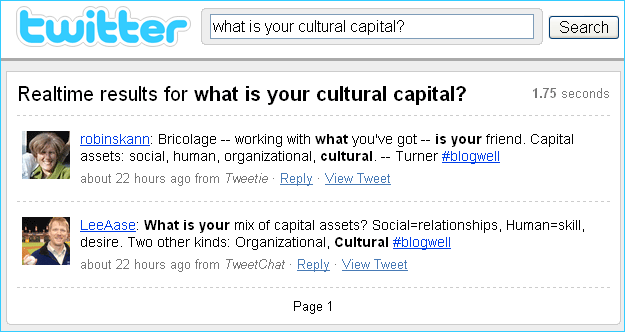
I like these answers, of course they’re generated by people, but a machine found them for me. But to answer the question, in any other form than a list (to which Google is currently limited) there has to be cultural capital. I like the concept of cultural capital as bricolage. That enriches my own cultural capital. We are all bricoleurs in the knowledge economy.
Can a machine have cultural capital?
This makes me wonder if when I get to ask Wolfram Alpha the same question next month, whether I’ll get closer to a real answer. Will Wolfram Alpha have cultural capital?
A web tool that “could be as important as Google”, according to some experts, has been shown off to the public. Wolfram Alpha is the brainchild of British-born physicist Stephen Wolfram. (BBC)
Next blog or so (I may do one next on Pocket God) I’m going to look at Social Capital. This was inspired by the forthcoming Somesso conference where they’re flagging it as about: “Benefiting from Social Capital and the Relationship Economy as the recession bites”. As cultural capital is to the bricoleur, so I’ll argue social capital is to the flaneur. One assembles meaning via accumulating disparate knowledge, the latter creates meanings via the network of associations and wandering.
The big question though is this – can we measure social capital in a non-reductive way?

